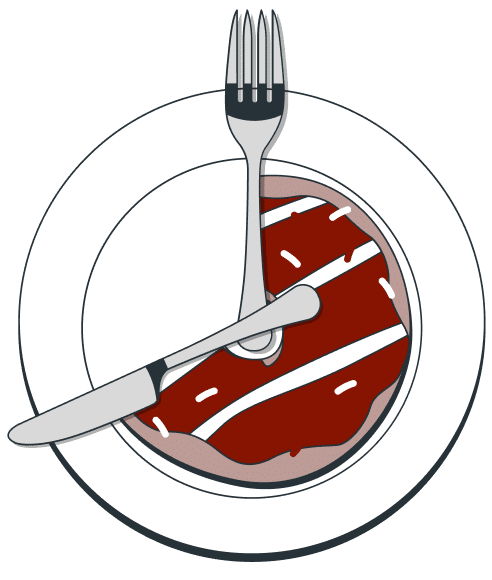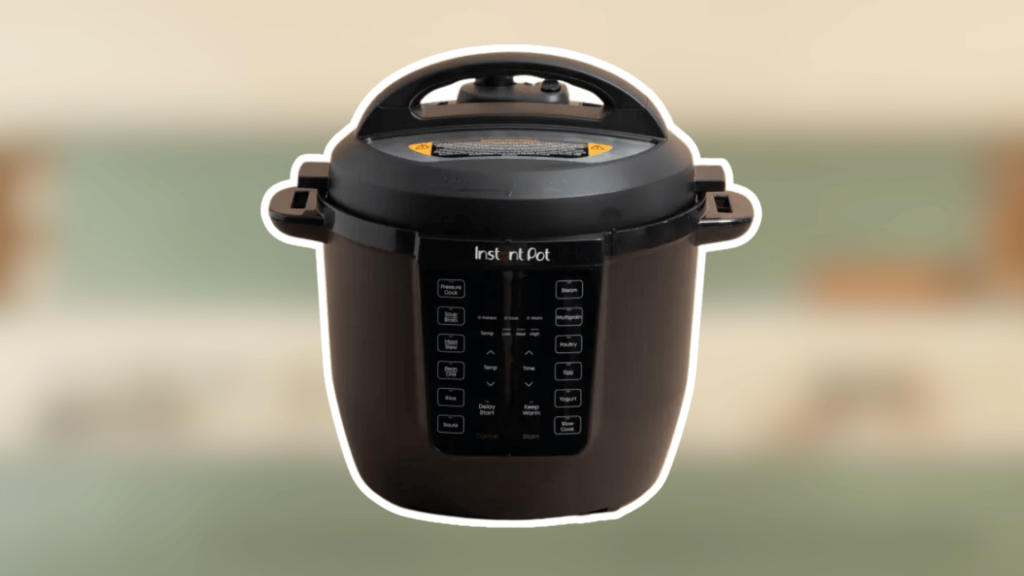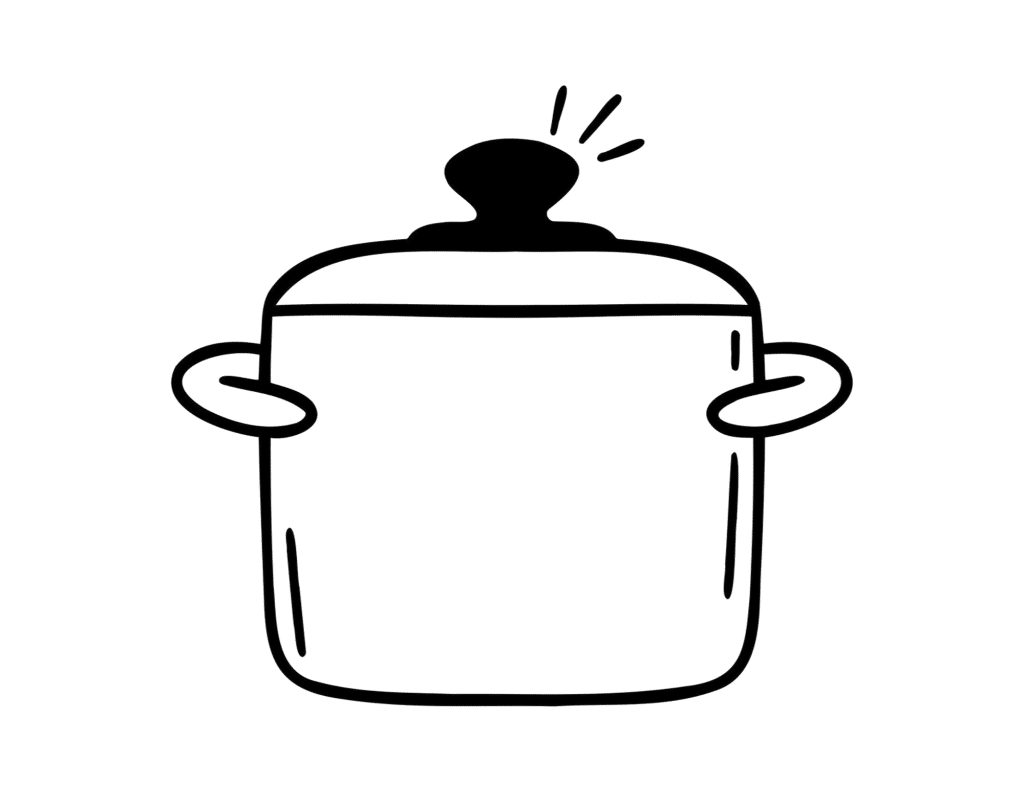Ready to change your kitchen into a culinary powerhouse with perfect timing?
The Instant Pot has revolutionized home cooking since its introduction in 2010, enabling the creation of delicious, nutritious meals in a fraction of the time required by traditional cooking methods.
Did you know that pressure cooking can reduce cooking times by up to 70% while preserving more nutrients than boiling or steaming? That’s the magic of the Instant Pot working at 11.6 PSI (pounds per square inch)!
If you’re a busy parent trying to get dinner on the table, a meal prep enthusiast, or someone who wants to enjoy tender meats and perfectly cooked grains without the guesswork, having the correct cooking times at your fingertips makes all the difference.
Today, we’re sharing the most comprehensive Instant Pot cooking times chart so you can cook with confidence and create excellent meals every single time.
Understanding Your Instant Pot’s Cooking Method
The Instant Pot operates by creating a sealed environment where steam builds pressure, thereby raising the boiling point of water from 212°F to approximately 250°F.
This higher temperature cooks food faster while keeping it moist and retaining its flavor.
Unlike traditional slow cooking or stovetop methods, pressure cooking breaks down tough fibers in meat quickly and helps grains and beans cook evenly, eliminating the need for overnight soaking.
The cooking process consists of three phases: coming to pressure (5-15 minutes), actual cooking time (as listed in the charts), and natural or quick pressure release.
Understanding these phases helps you plan your total cooking time, which is always longer than the programmed cooking time alone.
Complete Instant Pot Cooking Times Chart
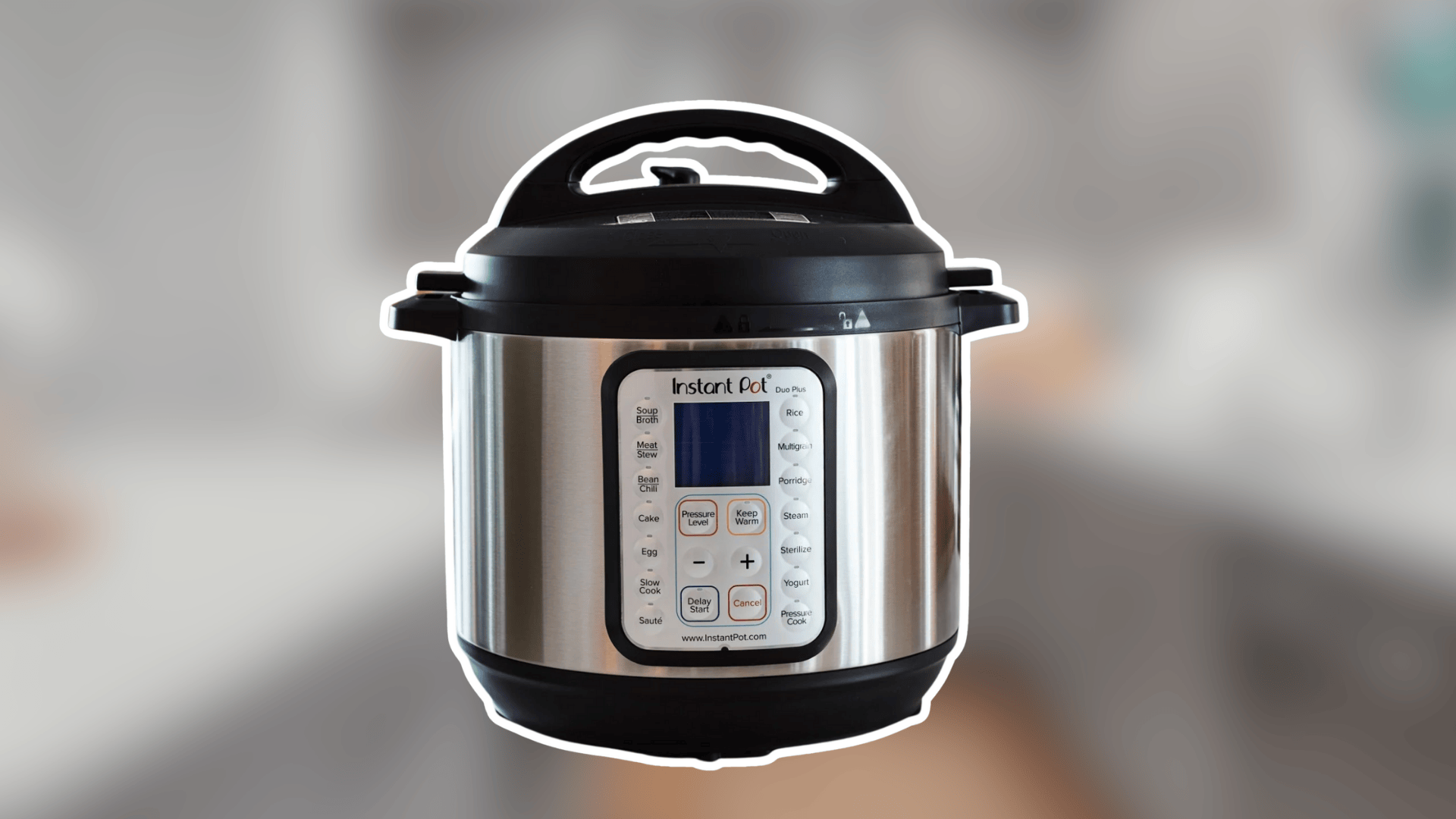
Having accurate cooking times ensures your food comes out perfectly every time. Here are the essential cooking times for the most popular Instant Pot recipes:
1. Meat and Poultry
| Food Item | Cooking Time | Pressure | Release Method |
|---|---|---|---|
| Chicken Breast (fresh) | 6-8 minutes | High | Quick Release |
| Chicken Breast (frozen) | 10-12 minutes | High | Quick Release |
| Chicken Thighs (bone-in) | 15 minutes | High | Natural Release |
| Whole Chicken (3-4 lbs) | 22-25 minutes | High | Natural Release |
| Beef Roast (2-3 kg) | 60-80 minutes | High | Natural Release |
| Ground Beef | 5 minutes | High | Quick Release |
| Pork Chops (1-inch thick) | 4-6 minutes | High | Quick Release |
| Baby Back Ribs | 25-30 minutes | High | Natural Release |
2. Rice and Grains
| Food Item | Water Ratio | Cooking Time | Pressure | Release Method |
|---|---|---|---|---|
| White Rice | 1:1 | 4 minutes | High | Natural Release (10 min) |
| Brown Rice | 1:1.25 | 22 minutes | High | Natural Release (10 min) |
| Quinoa | 1:1.5 | 1 minute | High | Natural Release (10 min) |
| Steel Cut Oats | 1:3 | 10 minutes | High | Natural Release (10 min) |
| Wild Rice | 1:1.5 | 25 minutes | High | Natural Release (15 min) |
3. Beans and Legumes
| Food Item | Water Coverage | Cooking Time | Pressure | Release Method |
|---|---|---|---|---|
| Black Beans (dried) | 2 inches above the beans | 22-25 minutes | High | Natural Release |
| Kidney Beans (dried) | 2 inches above the beans | 25-30 minutes | High | Natural Release |
| Chickpeas (dried) | 2 inches above the beans | 35-40 minutes | High | Natural Release |
| Lentils (red) | 1.5 cups of water per cup | 12 minutes | High | Natural Release |
| Lentils (green/brown) | 1.5 cups of water per cup | 15 minutes | High | Natural Release |
4. Vegetables
| Food Item | Cooking Time | Pressure | Release Method |
|---|---|---|---|
| Potatoes (whole, medium) | 12-15 minutes | High | Quick Release |
| Sweet Potatoes (whole) | 15-20 minutes | High | Quick Release |
| Carrots (sliced) | 2-3 minutes | High | Quick Release |
| Broccoli (florets) | 1-2 minutes | High | Quick Release |
| Corn on the Cob | 3-4 minutes | High | Quick Release |
| Artichokes (whole) | 15 minutes | High | Quick Release |
The key to perfect Instant Pot cooking is using the right amount of liquid (usually at least 1 cup) and choosing the appropriate release method for your food type.
Tips for Perfect Instant Pot Cooking
Mastering your Instant Pot transforms everyday cooking into effortless, flavorful meals. These essential principles ensure consistent, restaurant-quality results every time.
- Always use a minimum of 1 cup of liquid (water, broth, wine, or sauce) for safe pressure operation.
- Natural release for meats, quick release for vegetables – prevents overcooking and maintains perfect texture.
- Layer strategically – longer-cooking items at the bottom, quicker items on top, or in steamer baskets
- Never overfill – two-thirds full is the maximum for most foods, and half-full for expanding grains or rice.
- Plan ingredient timing – add light items later using the pot-in-pot method when possible
With these fundamentals mastered, you’ll be able to create consistently delicious meals that rival those of professional kitchens. Your Instant Pot becomes a reliable partner in culinary success.
Special Tip: Add a splash of acid (such as lemon juice or vinegar) to tough cuts of meat – it helps break down the fibers faster and enhances the natural flavors during pressure cooking.
Nutritional Benefits of Instant Pot Cooking
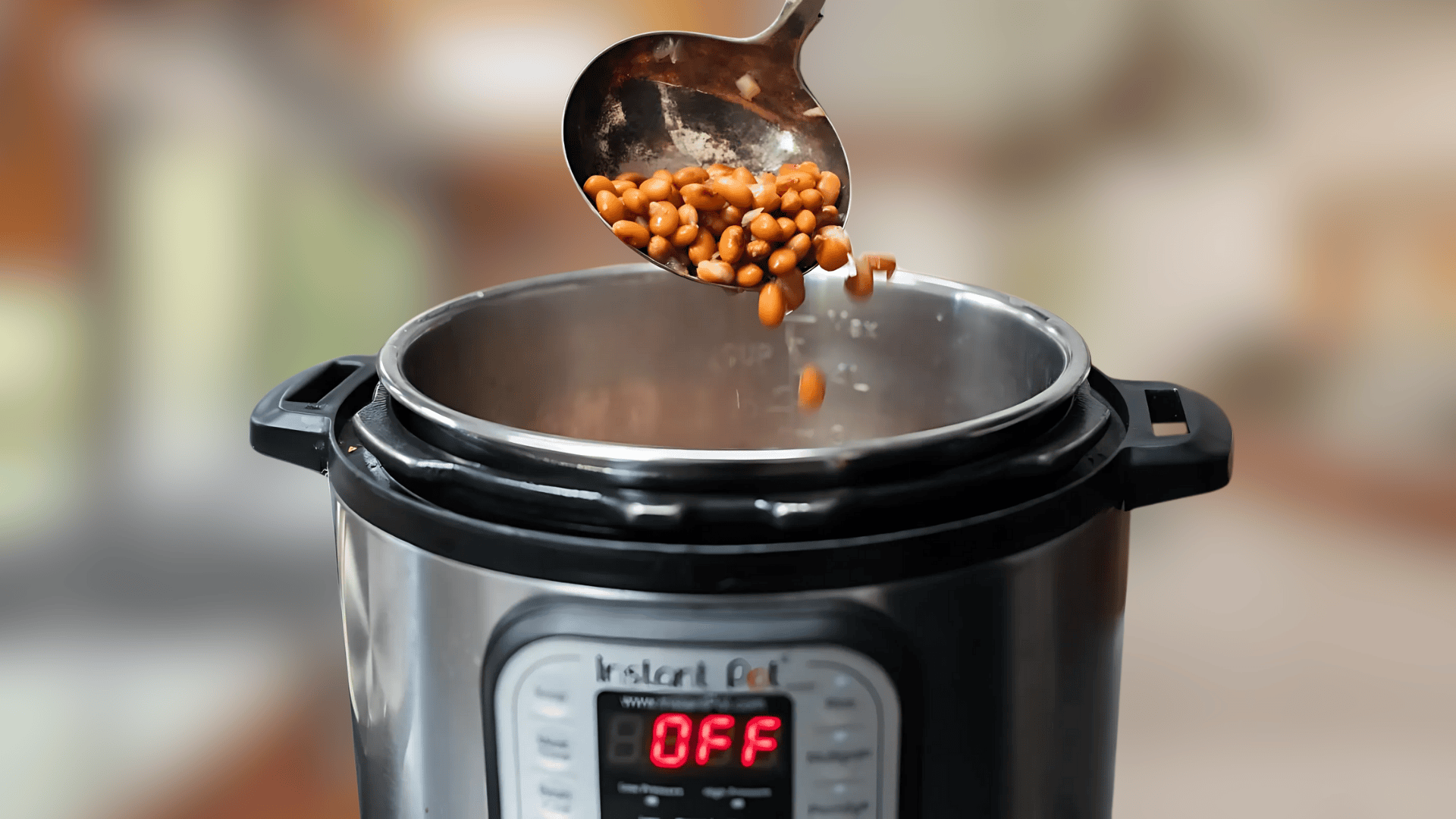
Instant Pot cooking offers significant nutritional advantages compared to other cooking methods, making it easier to maintain a healthy diet.
Pressure cooking preserves more vitamins and minerals than boiling because less water is used and cooking times are shorter. This is especially important for water-soluble vitamins, such as vitamin C and the B vitamins.
The sealed environment prevents nutrients from escaping through evaporation, keeping more of the beneficial nutrients in your food where they belong.
Cooking dried beans and grains from scratch allows for control over sodium and eliminates the preservatives found in canned versions.
The ability to cook tougher, less expensive cuts of meat until tender means you can enjoy nutritious proteins without breaking the budget.
Common Cooking Time Mistakes to Avoid
Even seasoned Instant Pot users fall into timing traps that ruin delicious ingredients. Avoiding these common mistakes ensures consistently delicious results every single time.
- Don’t ignore pressurization time – fuller pots need 15-20 extra minutes to build pressure.
- Avoid quick release for everything – it makes meats challenging and vegetables unnecessarily mushy.
- Frozen foods require 50% longer cooking time – adjust the timing, or meals will remain undercooked.
- Never open the lid immediately after cooking – residual steam continues the cooking process perfectly.
- Account for natural release time – factor in an extra 10-15 minutes into the meal planning schedule
Understanding these timing nuances transforms your Instant Pot from frustrating to foolproof. Master these basics and watch your confidence soar with every perfect meal.
Note: Keep a cooking journal with your successful timing combinations – different altitudes and pot sizes can affect cooking times, so track what works best in your specific setup.
Advanced Timing Techniques
Once you master basic Instant Pot cooking times, these advanced techniques help you create more complex and flavorful meals.
The pot-in-pot method allows you to cook multiple items with different cooking times simultaneously. Use stackable containers or foil packets to separate foods.
Sequential cooking involves cooking items with longer times first, then quickly releasing and adding quicker-cooking ingredients for the remaining time.
Using the sauté function before pressure cooking develops deeper flavors in meats and aromatics, similar to traditional braising techniques.
The keep-warm function maintains safe temperatures for up to 10 hours, perfect for busy schedules or entertaining when timing isn’t exact.
Seasonal Cooking Time Adjustments
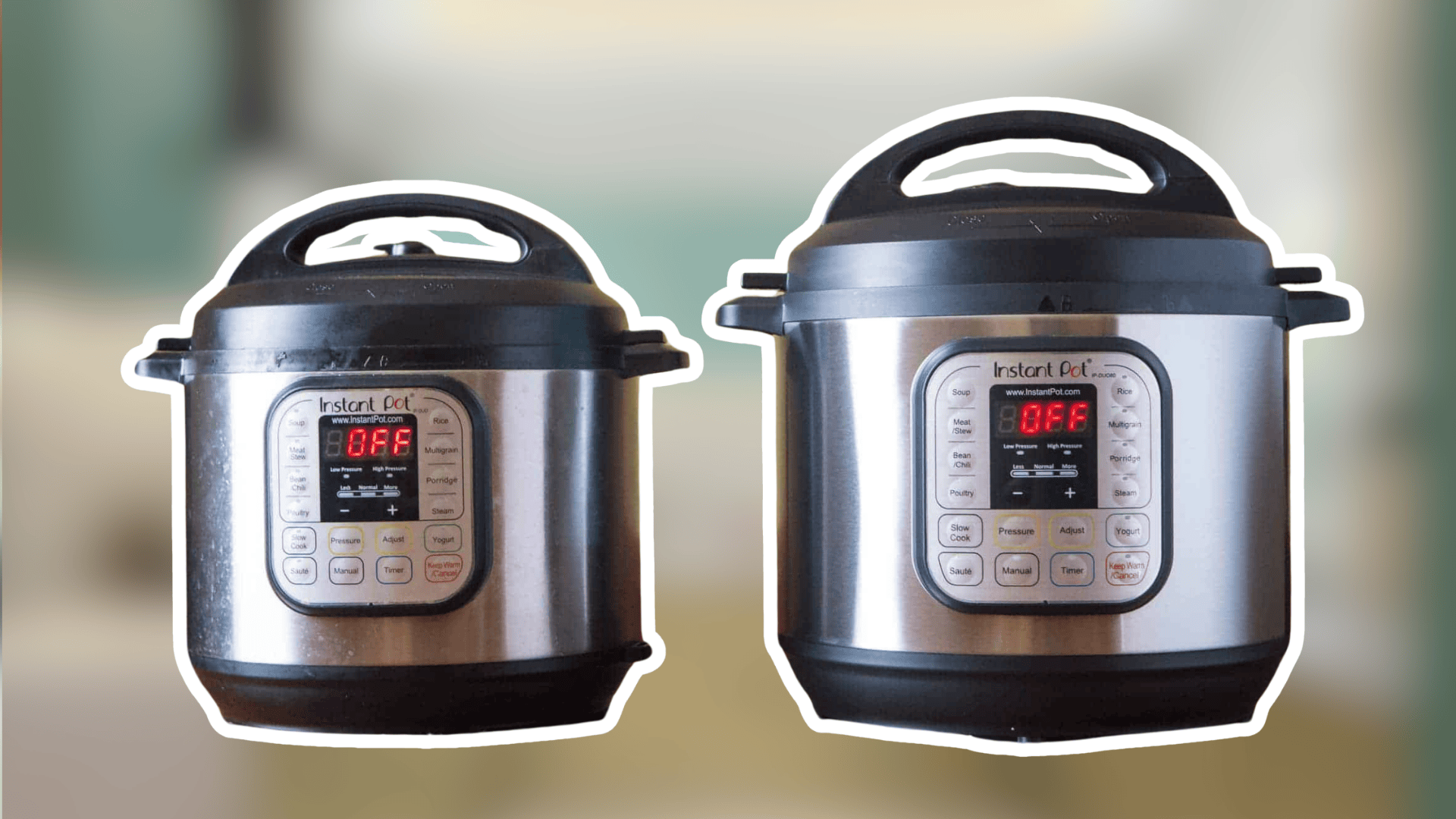
Different seasons and altitudes can impact your Instant Pot cooking times, necessitating slight adjustments for consistent results.
Higher altitudes (above 3,000 feet) may require cooking times 5-15% longer, as water boils at lower temperatures, which affects the pressure cooking efficiency.
Very cold ingredients straight from the refrigerator may need an extra minute or two, especially dense items like roasts or whole chickens.
Humidity levels can affect how quickly your pot comes to pressure, though this rarely requires timing adjustments once cooking begins.
Older dried beans and grains may need longer cooking times, sometimes up to 25% more than fresh products.
Summing It Up
Sweeten your kitchen efficiency and consistently prepare delicious meals with perfect timing, every time!
The magic of the Instant Pot lies in its ability to deliver restaurant-quality results with precise timing that fits your busy lifestyle. With these comprehensive cooking times and techniques, you’re equipped to handle any recipe with confidence.
Remember that great Instant Pot cooking combines accurate timing with understanding your ingredients and adjusting for your family’s preferences.
Practice with these guidelines, but don’t be afraid to experiment and make recipes your own.
The key to Instant Pot success is starting with reliable timing, then adjusting based on your results and taste preferences.
What’s your favorite Instant Pot meal to make, and how do you adjust the timing to suit your family’s tastes? Share your best timing tips and favorite quick recipes in the comments below.





